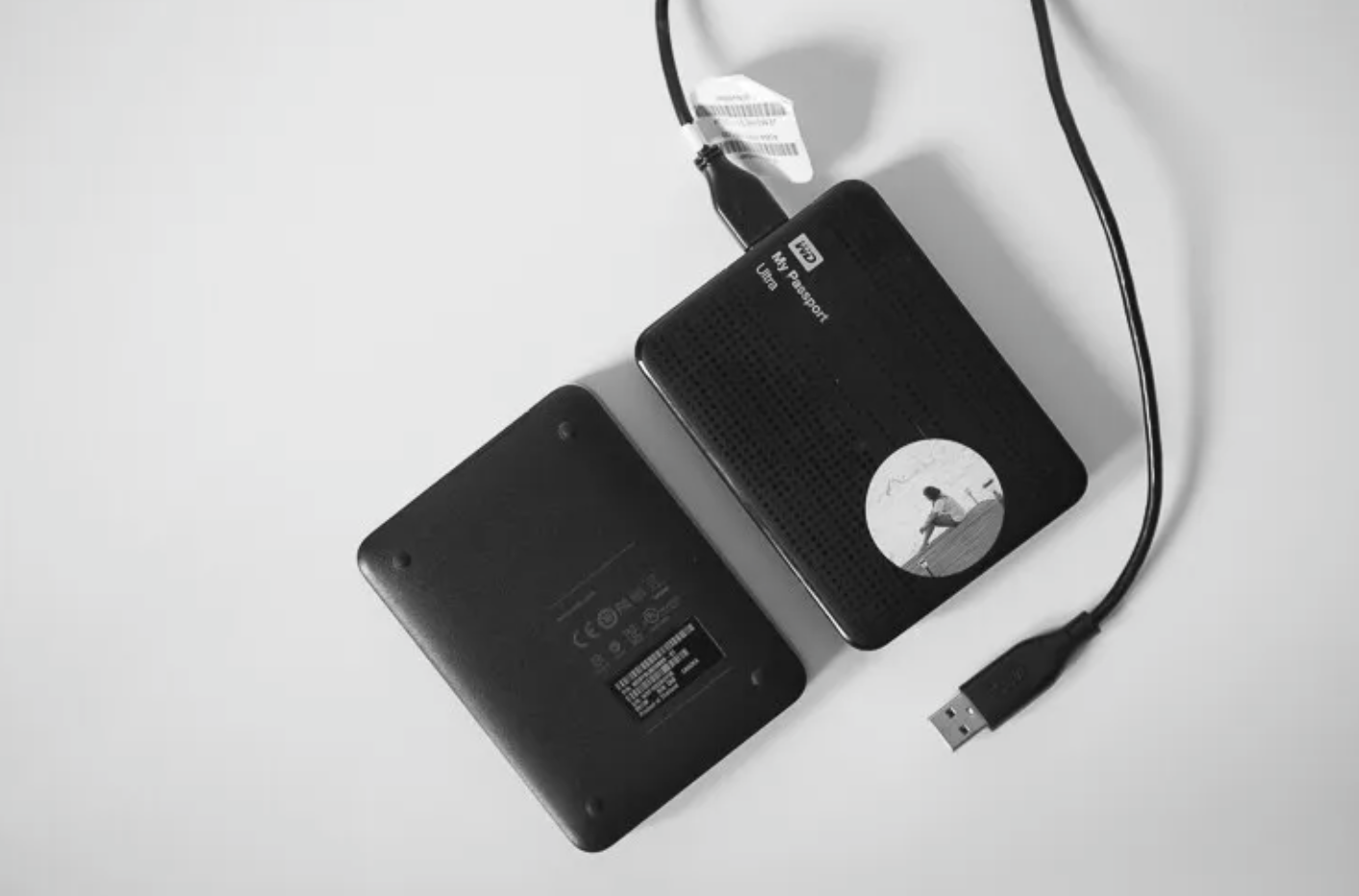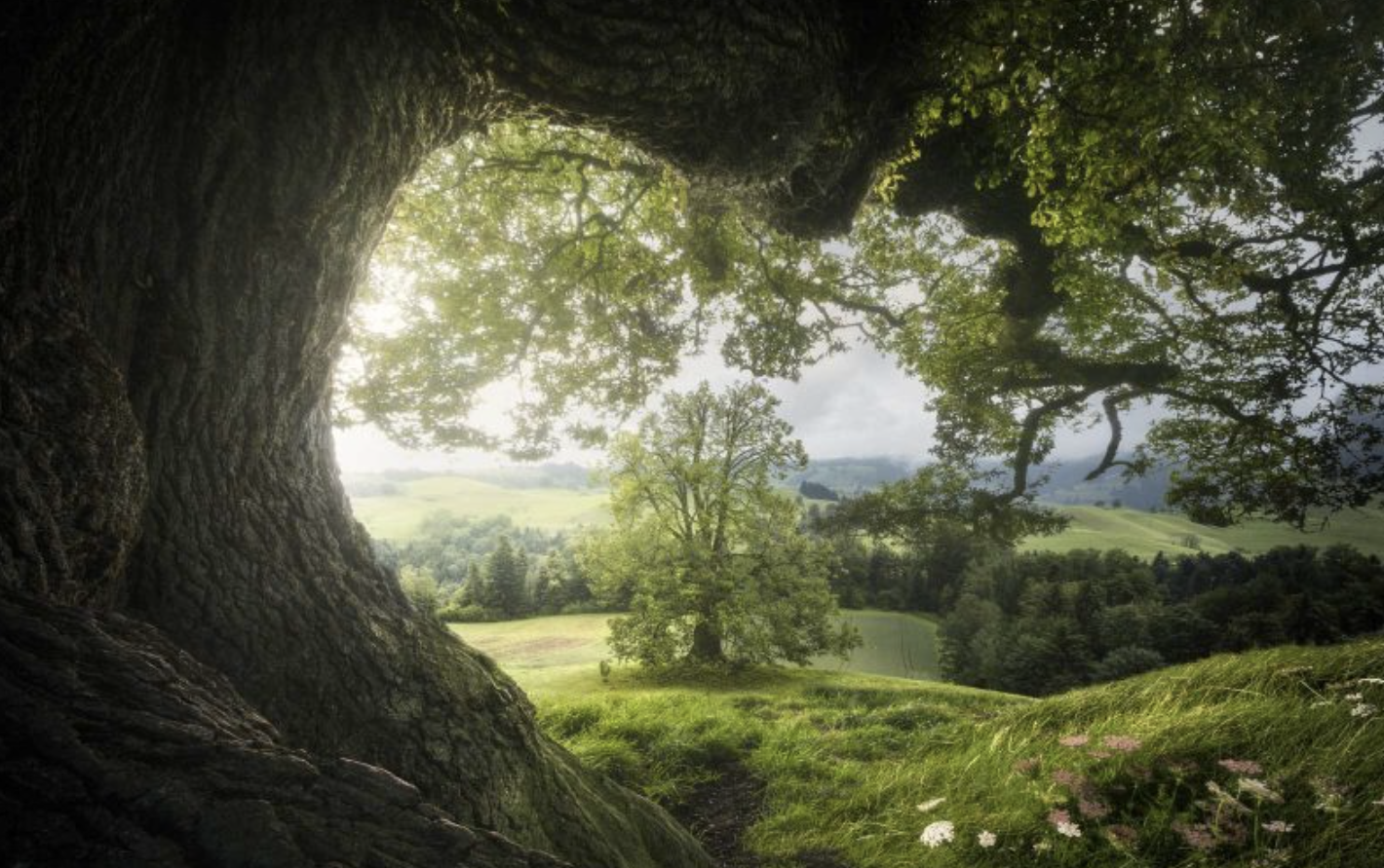
In today’s digital age, photos are often stored on various devices and platforms, making them easy to access but challenging to keep organized. We live in a world where images are captured rapidly and can easily be forgotten, but what about preserving them for the future? In this article, we’ll explore how to archive your photos properly, ensuring that they remain accessible and safe for years to come.
1. Be Selective About What You Keep
When it comes to photo archiving, it’s essential to be selective about the images you keep. While it’s tempting to hold on to every picture you take, not all of them will hold the same sentimental or practical value. Think about the photos that truly matter—the ones that tell a story or capture special moments. These might include portraits, landscapes, or candid family shots.
Once you’ve identified the most important images, go through your various devices and copy (don’t move) them to a central location. This will make it easier to manage and edit them later. Don’t worry about over-collecting at this stage; you can always narrow down your selections once you’ve gathered everything together.
2. Organize Your Images
If you already have a well-organized system, this step will be simple. However, if your images are scattered across multiple devices, it’s time to catalog them. A good approach is to sort photos by year, month, and location, as this will make future access easier.
Adding keywords and captions to your images can also be helpful, especially for family photos or significant events. Additionally, preserving the metadata (such as camera settings) embedded in the image file can be valuable for future searches.
3. Choose the Right File Format
Selecting the right file format for your photos is crucial for long-term preservation. While there’s ongoing debate over which format is best, the most widely recommended for archival purposes is JPEG, thanks to its small size and widespread compatibility. However, if you prioritize quality over storage space, TIFF files offer excellent resolution but require more storage.
For those who prefer to keep their original RAW files, consider converting them to Adobe’s DNG format. DNG is a universal file format that’s less likely to become obsolete over time, making it a good choice for long-term archiving.
4. Select the Best Storage Media
Choosing the right storage media is a critical part of archiving your photos. External hard drives are the go-to solution for most photographers due to their large storage capacity and reliability. However, these devices can still fail, so redundancy is key. Make sure to back up your photos at least twice, if not three times, using additional external hard drives or cloud storage.
Cloud storage services like Amazon and Backblaze offer reliable options, but it’s important to ensure they have strong security features and are likely to remain in business for years to come. It’s also worth staying updated on new storage technologies, as what works today may not be the best choice in the future.
5. Make Multiple Copies and Store Them in Different Locations
Regardless of your chosen storage method, always make multiple copies of your archive and store them in different locations. For instance, keep one copy on your computer or laptop, and store another on an external hard drive or in the cloud. This provides extra security in case something happens to one of your backups.
It’s a good idea to check your photos at least once a year to ensure they are still accessible and viable. Additionally, consider transferring your archive to newer media every few years to avoid data loss due to technological obsolescence.
Final Thoughts
Photographs are not just a way to relive memories but a window into the past for future generations. Even photos that may seem mundane today—like images of your local town—could be fascinating to those who come after you. By properly archiving your images, you’re not only preserving your memories but also contributing to the historical record for those who will follow. Take the time to back up your photos, and they’ll continue to be a valuable resource for years to come.
























